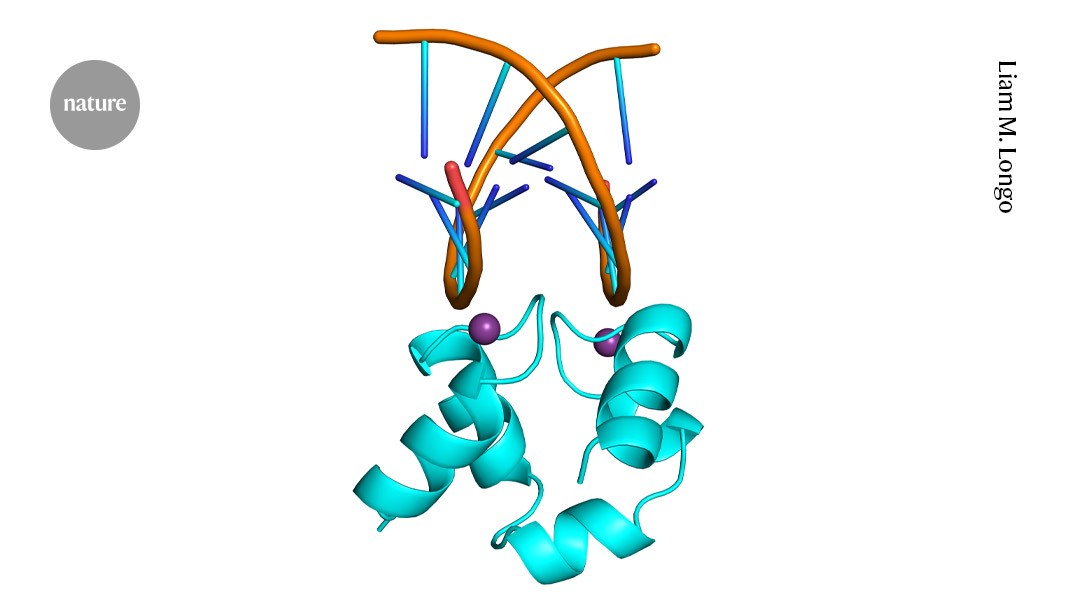
"The discovery of an ancient ambidextrous protein reveals that it can function in mirror-image forms, suggesting life once thrived on mirror-image molecules."
"This symmetrical protein fragment discovered could hold keys to understanding early life’s evolution, indicating that both left- and right-handed versions bind DNA effectively."
Recent research has unveiled an ancient protein that displays ambidextrous properties, functioning effectively in both mirror-image forms. This protein, associated with DNA repair mechanisms, raises intriguing implications for the origins of life on Earth. Scientists propose that early life might have thrived on mirror-image molecules, a scenario reflected in the study of symmetrical protein structures. The findings reinforce the idea that a balance of left- and right-handed biomolecules contributed to the stability of early life. Such discoveries deepen the understanding of the evolutionary processes that shaped life's molecular architecture.
Read at Nature
Unable to calculate read time
Collection
[
|
...
]